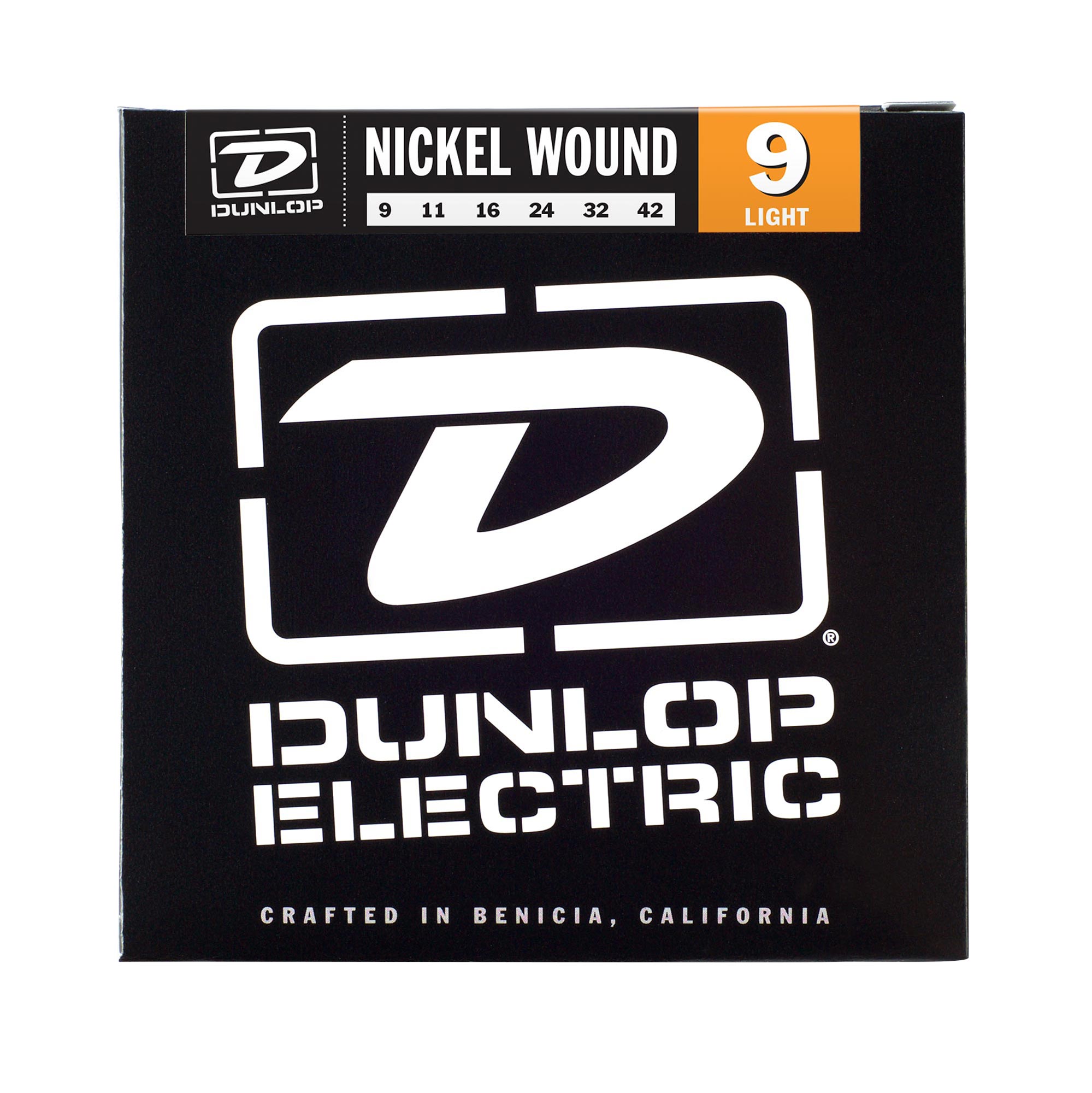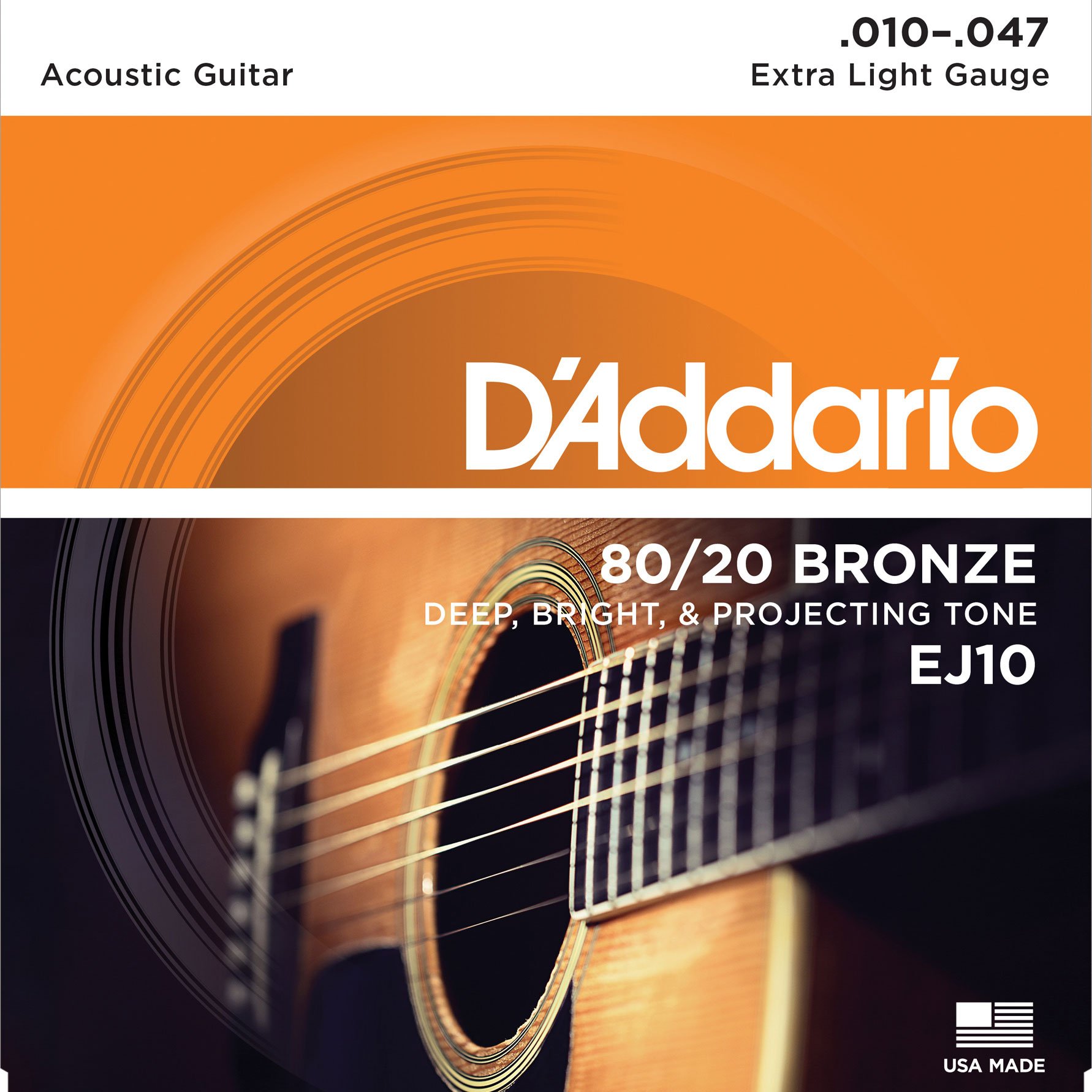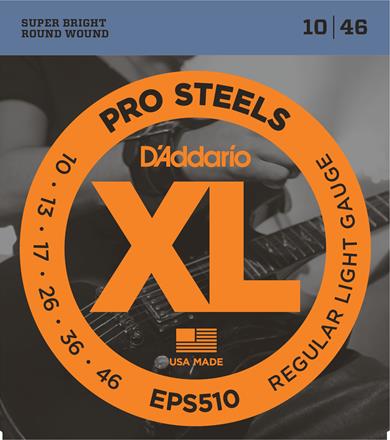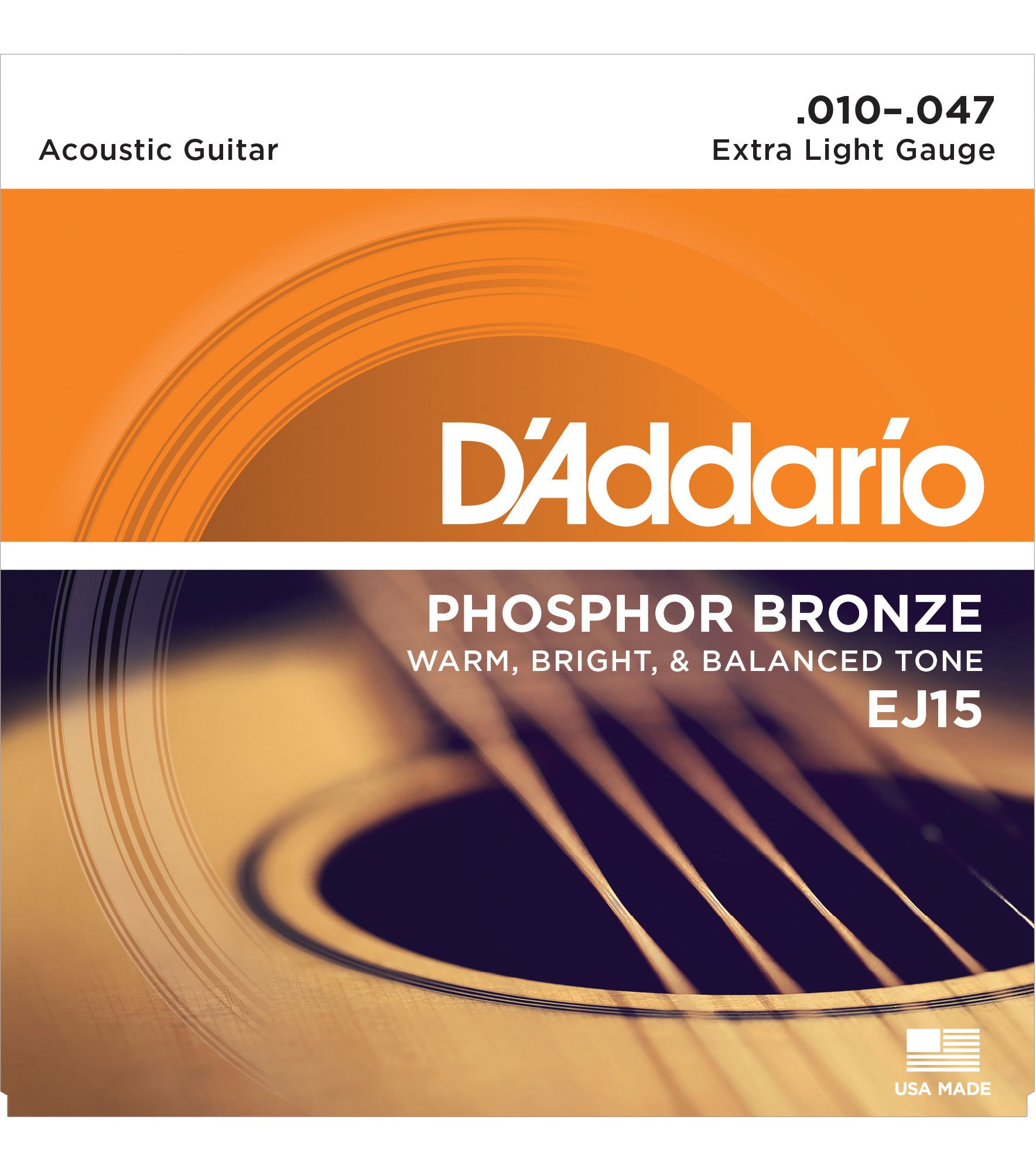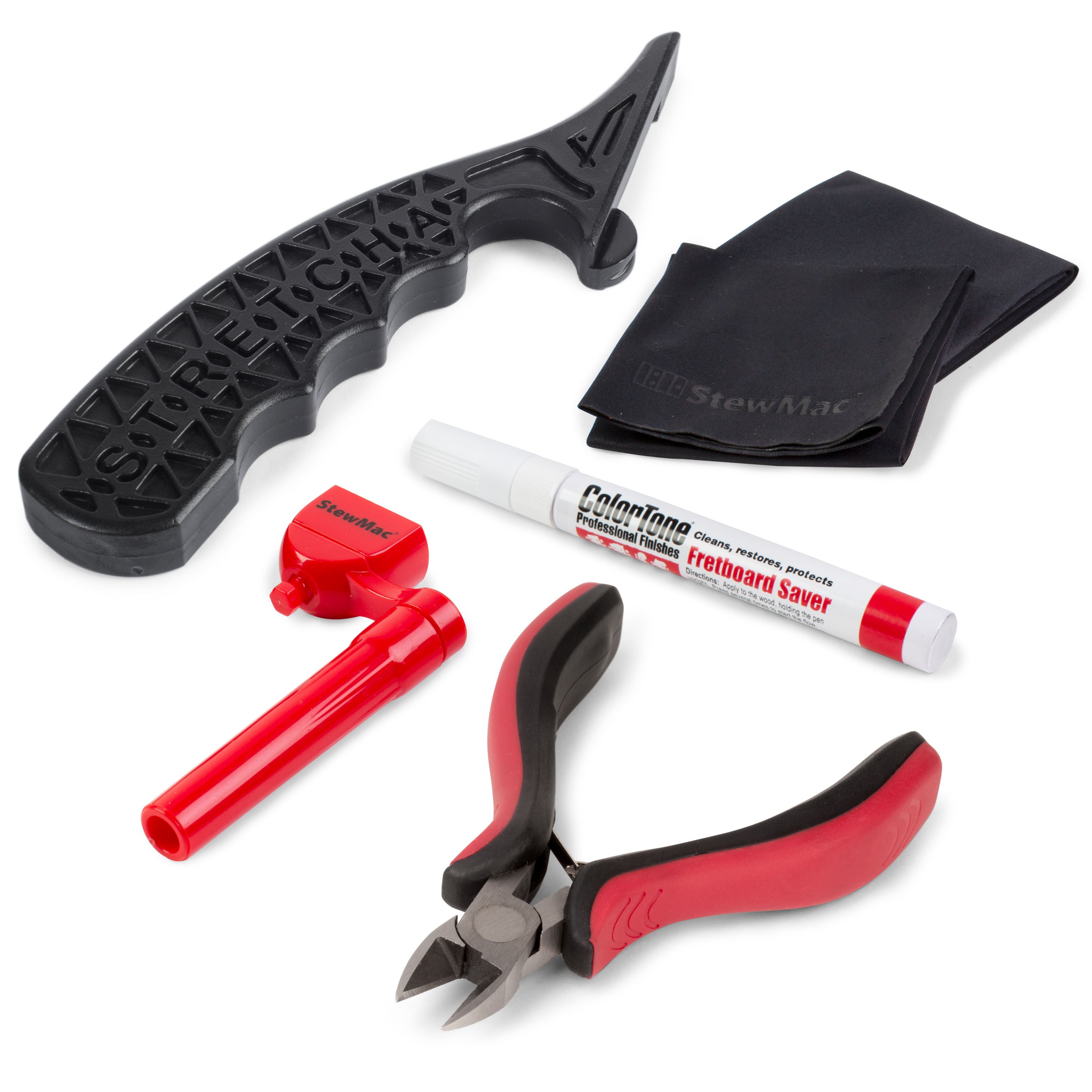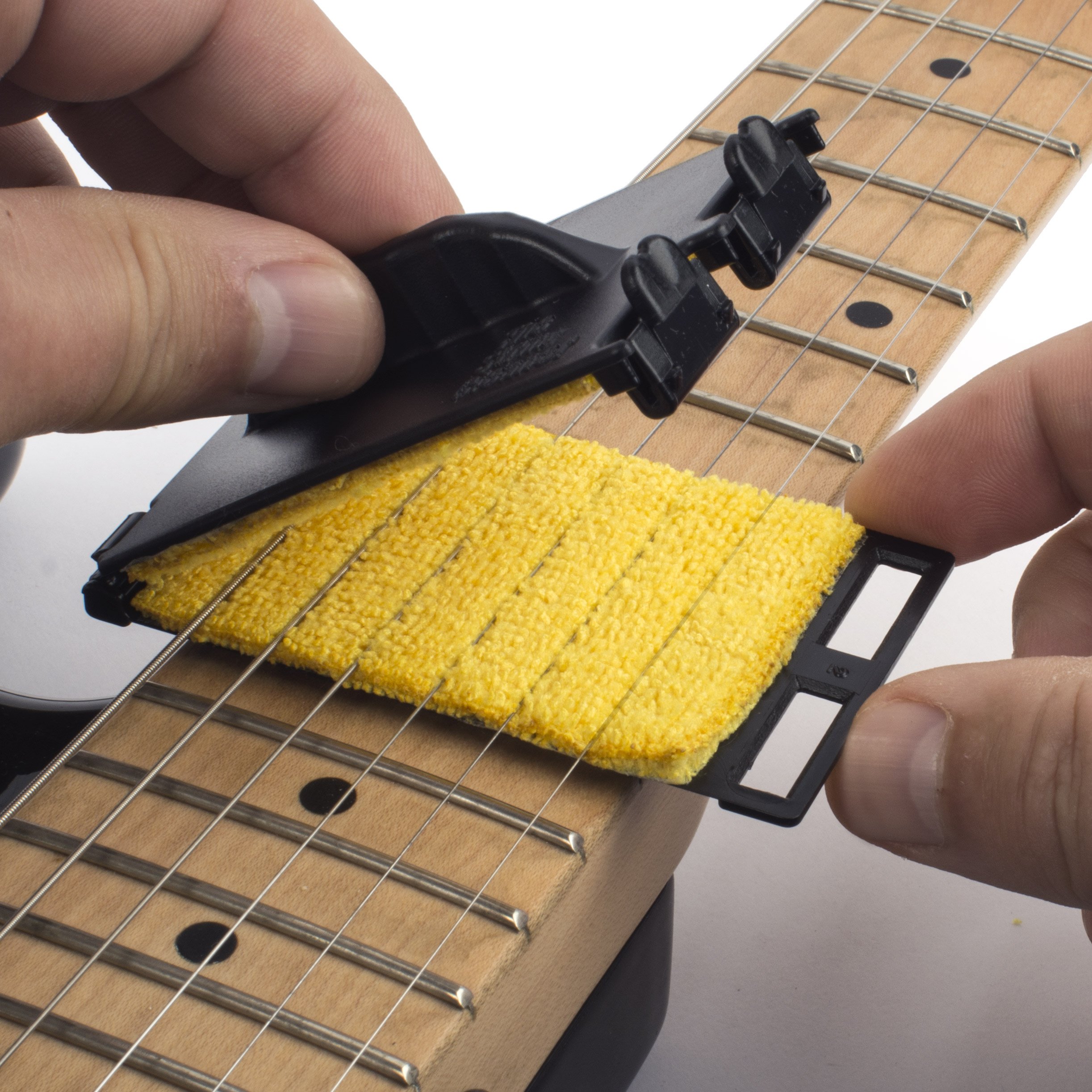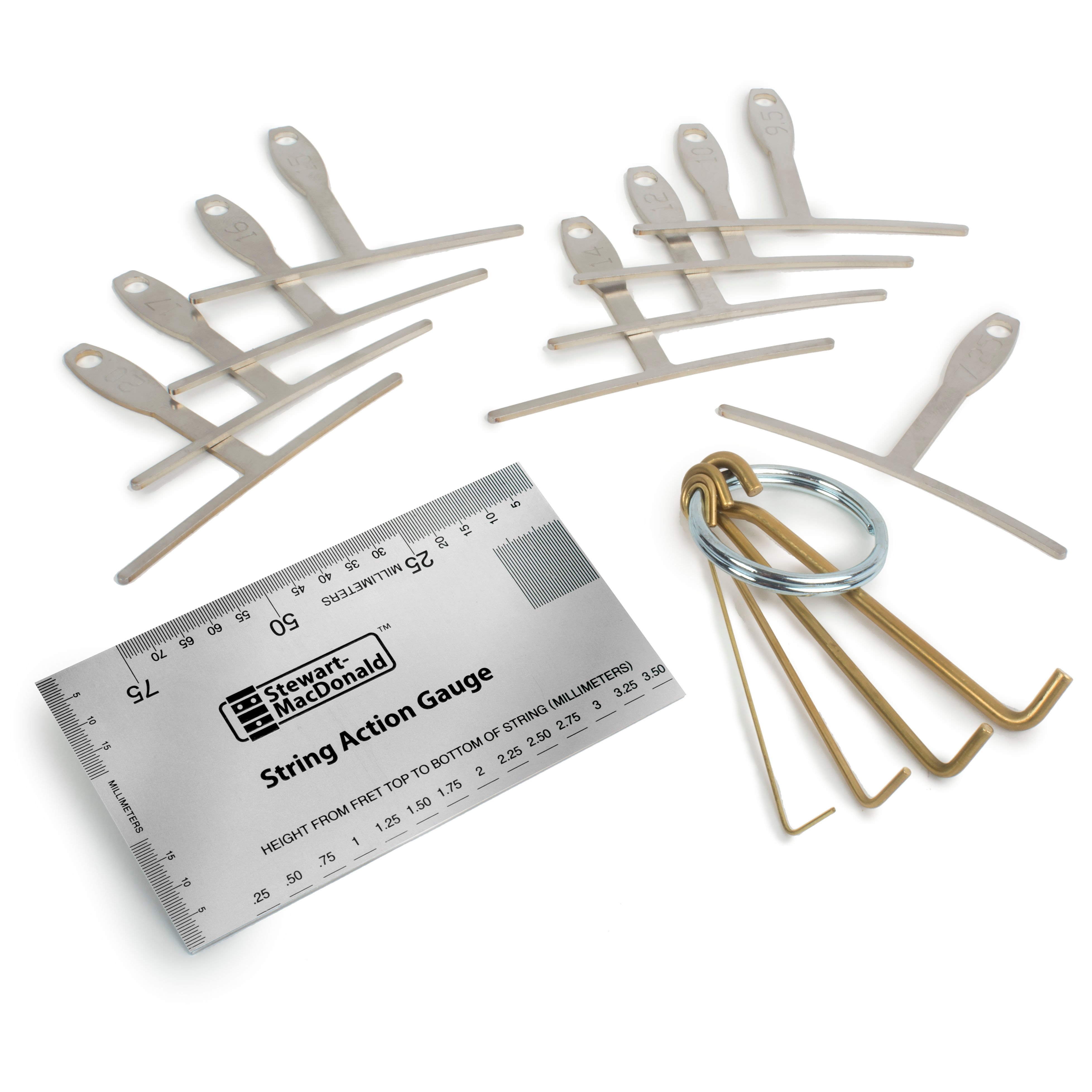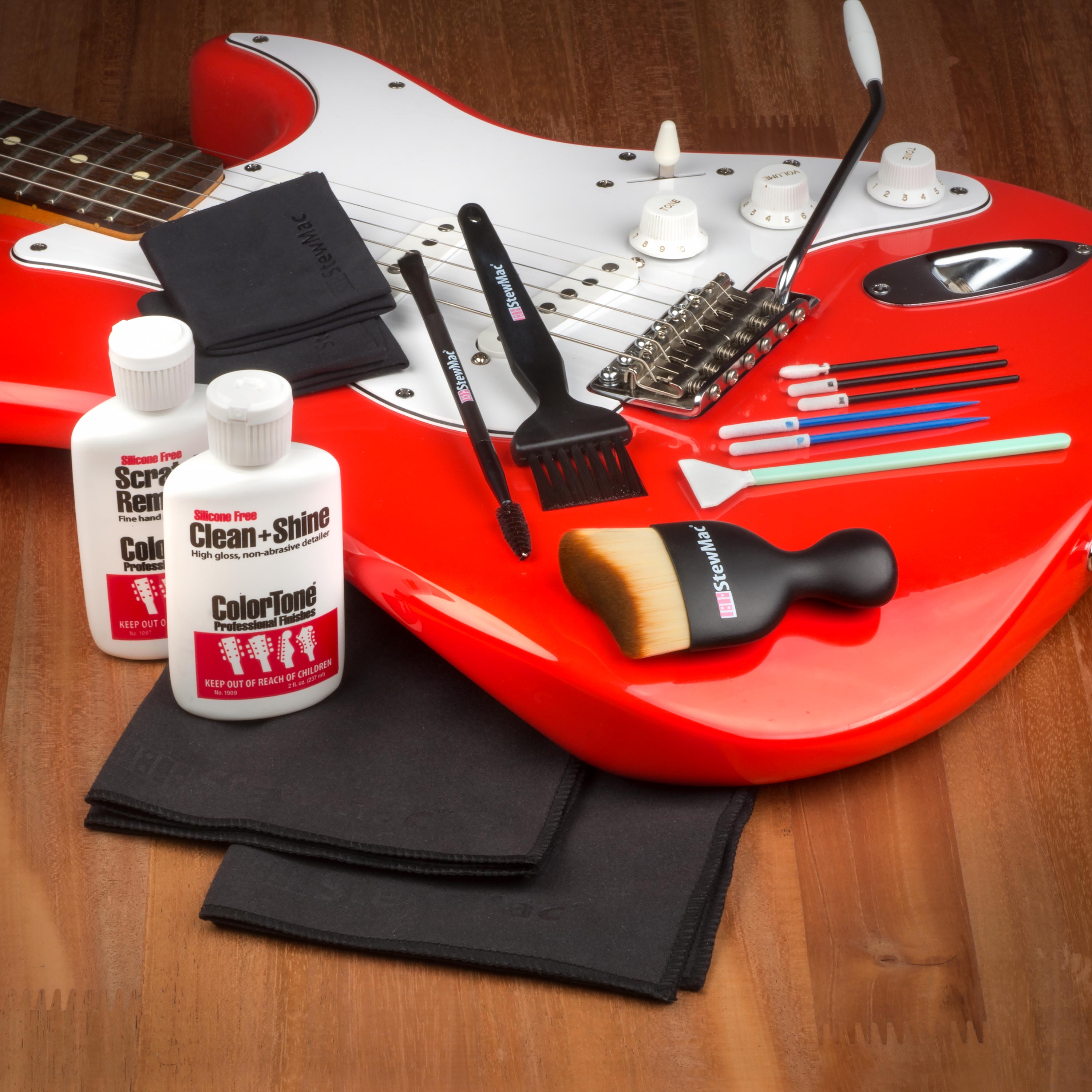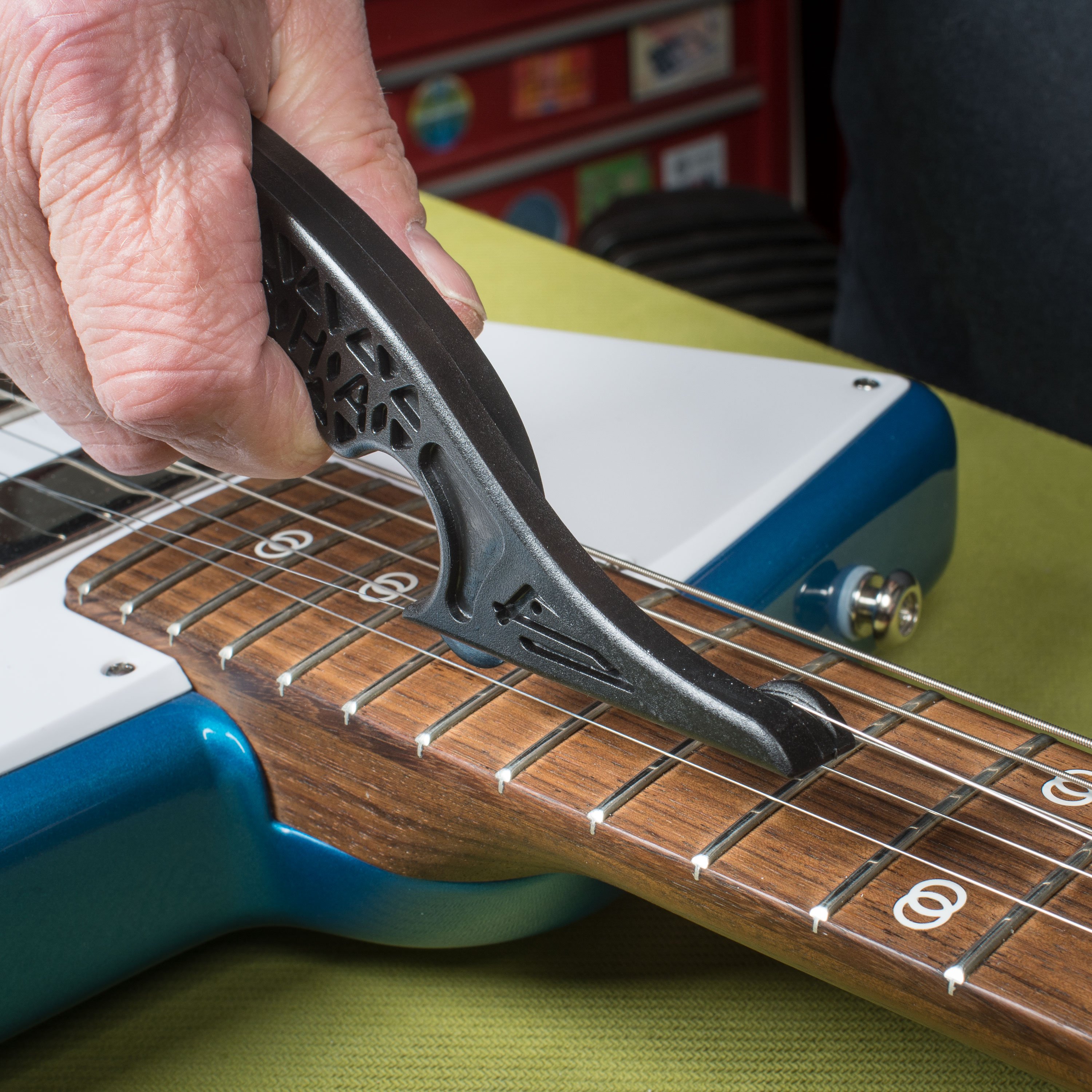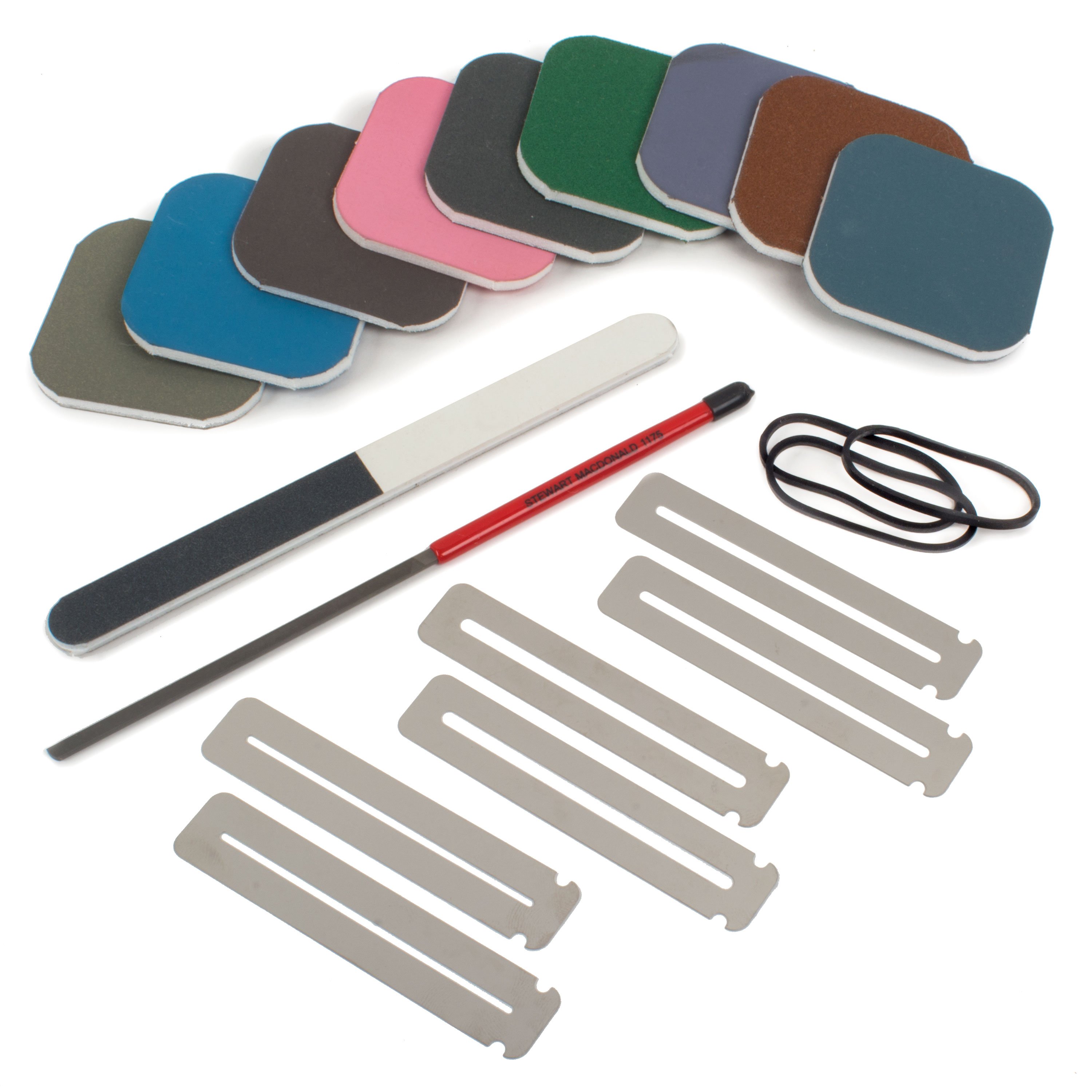Guitar Strings Guide
With literally THOUSANDS of different types of guitar strings on the market how do you decide which are right for you? Where do you even start? This video gives a few tips to help you narrow down your choices FAST to find the right strings for your style of music and your style of play.
Here's what's in the video:
Selecting strings for your guitar can be a bit intimidating since there are so many variations out there. Don't worry—we're going to cover a bit of the basics today to help you select the right strings for your guitar.
In general, there are three things you need to keep in mind when selecting strings:
- what type of guitar you have
- the thickness or gauge of the strings
- what material the strings are made out of
Type of Guitar
First, what type of guitar do you have? Strings are designed differently based on what kind of instrument they're designed for. The biggest difference is of course electric or acoustic. Because these instruments project their sound in completely different ways, you want to make sure you have strings designed for your instrument.
There are differences beyond that as well. For example: a nylon-string acoustic guitar and a steel-string acoustic guitar have strings that mount differently at the bridge, so they're not interchangeable. It's very important to know your instrument.
String Gauge
The second thing to consider is the thickness of the strings. You might hear players refer to their strings saying, "I play 10s" or, "I play 12s". What they're talking about is the thickness or diameter of the smallest string in the set, and that's called string gauge.

That number refers to thousandths of an inch, so 0.010", 0.012", and so on. 10s are about medium or light for an electric set, while 13s are getting pretty heavy.
You might also see on string packs terms like, "light," "extra light," "medium," and "heavy." There is no set-in-stone, industry-standard definition for these terms. They're just helpful guides to get you a string tension that works for you.
These descriptions can vary instrument to instrument. For example: an electric set of "light" strings might be 9s or 10s, while a "light" set for an acoustic instrument would be 11s or 12s.
So how do you determine the right gauge for you and your instrument? It's mostly based on personal preference and experience.
Players here at StewMac that preferred light strings felt they were easier to bend, easier to play for beginners, more responsive, and easier on older instruments.
Players who liked heavier strings felt they had greater volume and depth, were better for slide playing, and liked the stiffer feel for heavy strumming.
Now, if you're not sure where to start, I recommend getting a medium set for your guitar. Most guitars come stock with mediums anyways, and you can always move up or down a gauge based on your playing style and what sounds best to you.
String Material
String material is the third factor to consider. The material of the string can change how the string feels and the tone of the string, as well as the sturdiness of it. You can have two sets of strings that are the same gauge, but sound completely different based on the material that was used to make the string.
Acoustic Guitar Strings

For acoustics, the most common string material you'll find is 80/20 bronze, which is 80% copper and 20% zinc. 80/20 bronze has a pretty bright sound. It's pretty clear and it's super versatile, so you can use it in a variety of different playing styles.
Another popular material for acoustics is phosphor bronze. It's got a warmer and mellower sound and you will usually see those in the hands of folk players or singer/songwriters.
Electric Guitar Strings

For electric guitars, the most common material you'll find is nickel-plated steel, and that's pretty standard: your average, everyday guitar string. Super versatile and used in a variety of different genres.
Pure steel strings and stainless steel strings have a brighter tone and more output, so they're generally better for genres that have more distortion.
Classical Guitar Strings

Classical guitar strings are normally made from nylon or have a nylon core with various metal wrapped around that core.
Fun fact: back in the day classical strings were made from parts of animal intestines.
When you're choosing classical guitar strings, things change a little. They tend to be marketed not by string gauge but by string tension. A light or moderate-tension set is going to be a little bit looser and easier to play, but you might not get the same projection that a high-tension set would produce. High-tension strings tend to be louder and more precise.
Other Variables
If you'd like to do a deep dive into the variables that affect string preference, there are a few more things to consider.
The first is the shape of the core of the bass or wound strings. Usually the core is round or hexagonal, and that can change the sound and feel of the string.

You might also consider the material that's wrapped around that core. It can be round, called round wound, (with brass ball end) or flattened out, called flat wound. (with red ball end).

Flat wound strings are typically used on fretless instruments, or for players looking for a smoother feel or a warmer tone overall.
Some manufacturers also make coated strings, which just means that their strings have a protective coating to slow down the process of corrosion on the string, making your string sound better, longer.
Now, we've covered a few options of different types of strings, but there's so many variations out there that we can't cover them all in this video.
PRO TIP: Most strings have a lot of great information just on the back of the pack. They'll detail things like their tonal and structural characteristics. Stash this pack in your guitar case. It can be hard to remember what strings you bought a month or two ago, and it can be a real lifesaver to have the pack lying around.
Maintaining Your Strings
You'd be surprised at how much you can prolong the life of your strings with just a few simple steps to keep them clean.
First off, always wash your hands before you play. This keeps harmful oils and particles away from not only your strings, but your instrument as well.
When you're done playing, wipe the strings down with a piece of flannel or a microfiber cloth. This helps prevent corrosion from sweat and dust.
Try Different Options
Although I have my preferred string choice, I'm always ready to try out something new and experiment. Worst case scenario—I can just go back to my favorite set of strings. So grab some sets, and try new strings because you never know what you might like. Find the string set that works best for you.

